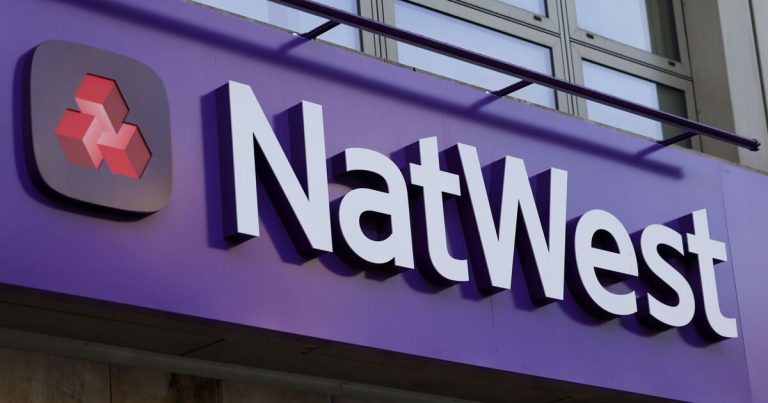
A Premium Bonds customer reached out to NS&I for help after discovering they held Premium Bonds under two holder’s numbers.
The saver got in touch with the provider over X as they wanted to bring the Bonds together. They said: “I have identified that I hold Premium Bonds under the same name but with a second holder’s number and these don’t show on my account.
“They were purchased in 2003 and 2004. How can I get them added to my account please? I have paper records for them.”
NS&I asked thme if the Bonds were under the same name and address, and the customer confirmed they were and these details had not changed since 2003.
The provider then said: “In that case, call us on 08085 007007 and an agent will cross check the details and see if we can merge them there and then.”
A person’s Premium Bonds are usually grouped together and held under a single holder’s number. This number will have 10 ot 9 digits, or 8 digits followed by a letter.
If a saver wants to merge their NS&I accounts, they can do so by writing to the provider with a signed letter.
The letter will need to include details of their holdings, as well as their personal details and the current NS&I number they use to log into their account.
Another NS&I customer recently contacted the provider as they were concerned they may have received a scam message purportedly from the provider.
They said: “Very dodgy emails arriving addressed to ‘dear valued customer’. Assume they’re not genuine.”
NS&I responded to say: “We are aware of these phishing emails, please forward these emails to phishing@nsandi.com.”
One sign a message may be fake is if it is addressed generically to ‘Dear customer’ or ‘Dear sir/madam’. Although sometimes scammers may also be able to find a person’s name and address it directly to them.
Fraudsters often send texts and emails pretending to be from banks or other organisations, to make their messages appear legitimate.
They may say a customer’s account has been compromised, to dupe the victim into sending them their details or putting their funds into a ‘safe account’ which is controlled by the scammers.
For the latest personal finance news, follow us on Twitter at @ExpressMoney_.







